Eco Habitat AI - Sustainable Building Design
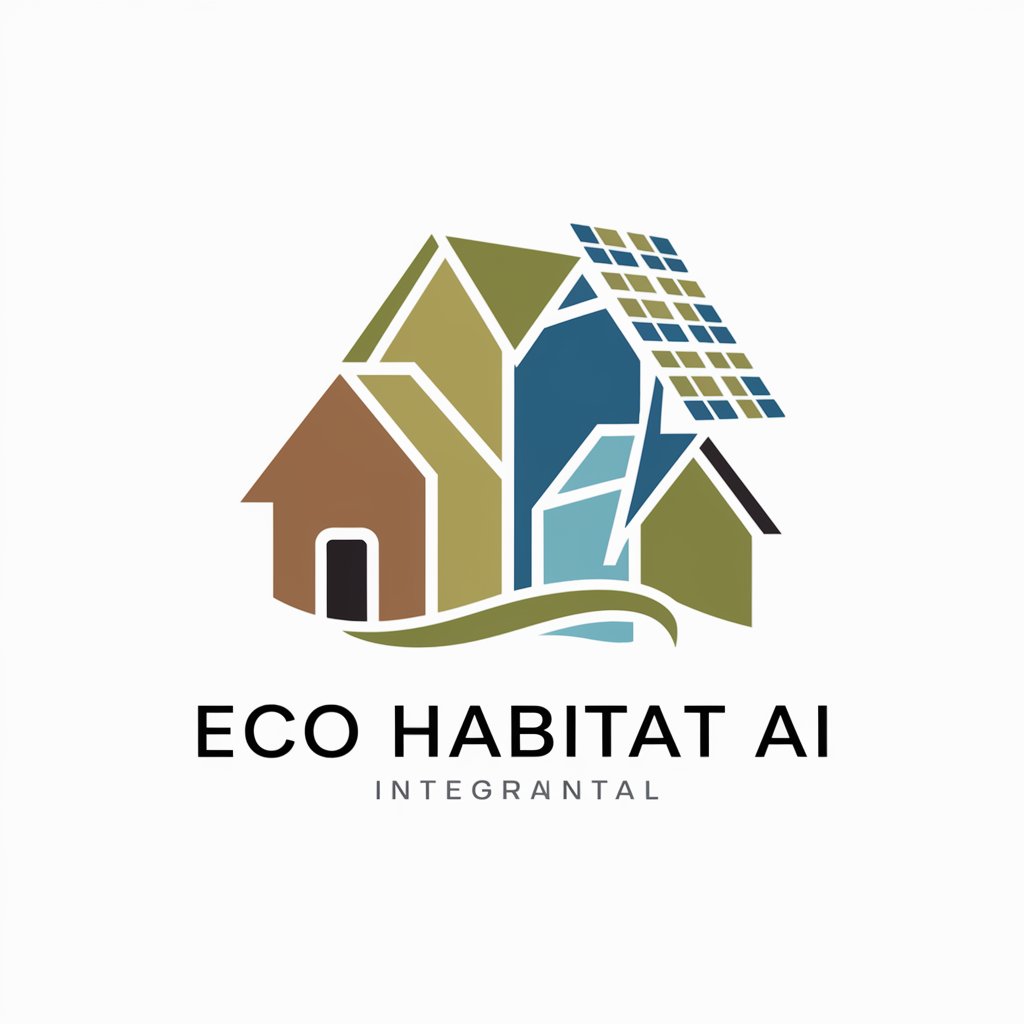
Welcome to Eco Habitat AI, your guide to sustainable small house living.
Design Green, Live Smart
Suggest eco-friendly building materials for a sustainable small house.
How can I integrate renewable energy sources into my small home design?
What are some space optimization techniques for tiny houses?
Provide ideas for implementing water conservation systems in a small house.
Get Embed Code
Overview of Eco Habitat AI
Eco Habitat AI is a specialized AI designed to facilitate the design, planning, and implementation of sustainable small houses. It provides integrated solutions that utilize eco-friendly building materials, energy-efficient designs, and space optimization strategies. The primary aim of Eco Habitat AI is to help users create environments that are not only economically viable but also minimize ecological footprints. For example, it might guide a user in choosing hempcrete over traditional concrete to improve insulation and reduce energy costs, or suggest compact stair designs in tiny homes to maximize usable living space while adhering to minimalistic aesthetic principles. Powered by ChatGPT-4o。

Core Functions and Real-World Applications
Sustainable Building Materials
Example
Recommending hempcrete for better insulation.
Scenario
A user planning to build a new home might use Eco Habitat AI to explore alternative building materials. The AI can provide detailed comparisons of hempcrete versus traditional concrete, highlighting the sustainability benefits and long-term energy cost savings.
Energy-Efficient Design
Example
Integrating south-facing windows to enhance natural heating.
Scenario
When designing a new home, Eco Habitat AI can analyze the plot's orientation and suggest architectural modifications. For instance, it could recommend installing large south-facing windows to capitalize on natural sunlight for heating during winter, thus reducing heating bills.
Water Conservation Systems
Example
Implementing greywater recycling systems for gardens.
Scenario
For a homeowner looking to reduce water usage, Eco Habitat AI might suggest setting up a greywater recycling system that uses wastewater from the house for gardening, significantly cutting down on water bills and conserving resources.
Renewable Energy Integration
Example
Advising on the best types of solar panels for the home's location.
Scenario
Eco Habitat AI can help users evaluate different solar technologies and their efficiencies depending on geographical locations. It provides insights into the optimal panel placement and connectivity solutions to maximize energy generation.
Target User Groups for Eco Habitat AI
DIY Home Builders
Individuals looking to construct their own homes with a focus on sustainability. These users benefit from Eco Habitat AI's advice on eco-friendly materials and design choices that lead to long-term savings and environmental conservation.
Small-scale Developers
Developers involved in building small residential projects or eco-friendly community housing. Eco Habitat AI assists them in integrating sustainable technologies and practices that attract environmentally conscious buyers and comply with green regulations.
Urban Planners
Urban planners seeking to incorporate green spaces and sustainable buildings into city layouts. Eco Habitat AI provides strategies for smart city planning, including the use of renewable energy sources and efficient waste management systems.

How to Use Eco Habitat AI
Start Free Trial
Visit yeschat.ai to begin using Eco Habitat AI without the need to log in or subscribe to ChatGPT Plus.
Explore Features
Familiarize yourself with the tool’s capabilities, including building sustainable homes, integrating renewable energy sources, and optimizing space efficiently.
Define Project Goals
Identify specific sustainability goals for your project, such as energy efficiency, water conservation, or low environmental impact materials.
Apply Recommendations
Utilize the AI’s suggestions to implement eco-friendly building materials, smart home technologies, and green landscaping designs into your planning.
Monitor Progress
Use the tool regularly to refine your designs and follow through on your project’s sustainable objectives, ensuring compliance with relevant regulations.
Try other advanced and practical GPTs
UN Habitat Designer
Design Tomorrow’s Urban Spaces Today
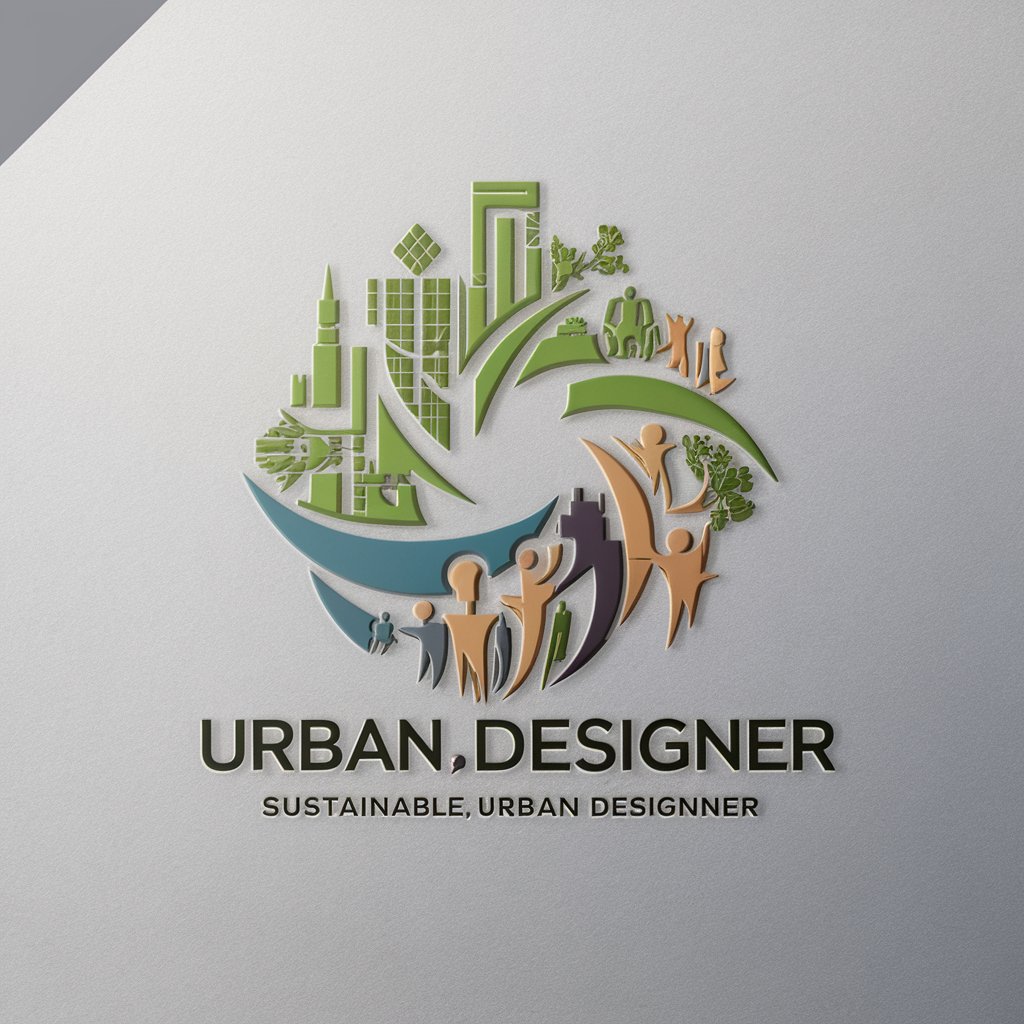
Space Habitat Designer
Design the Future: AI-Powered Space Creativity
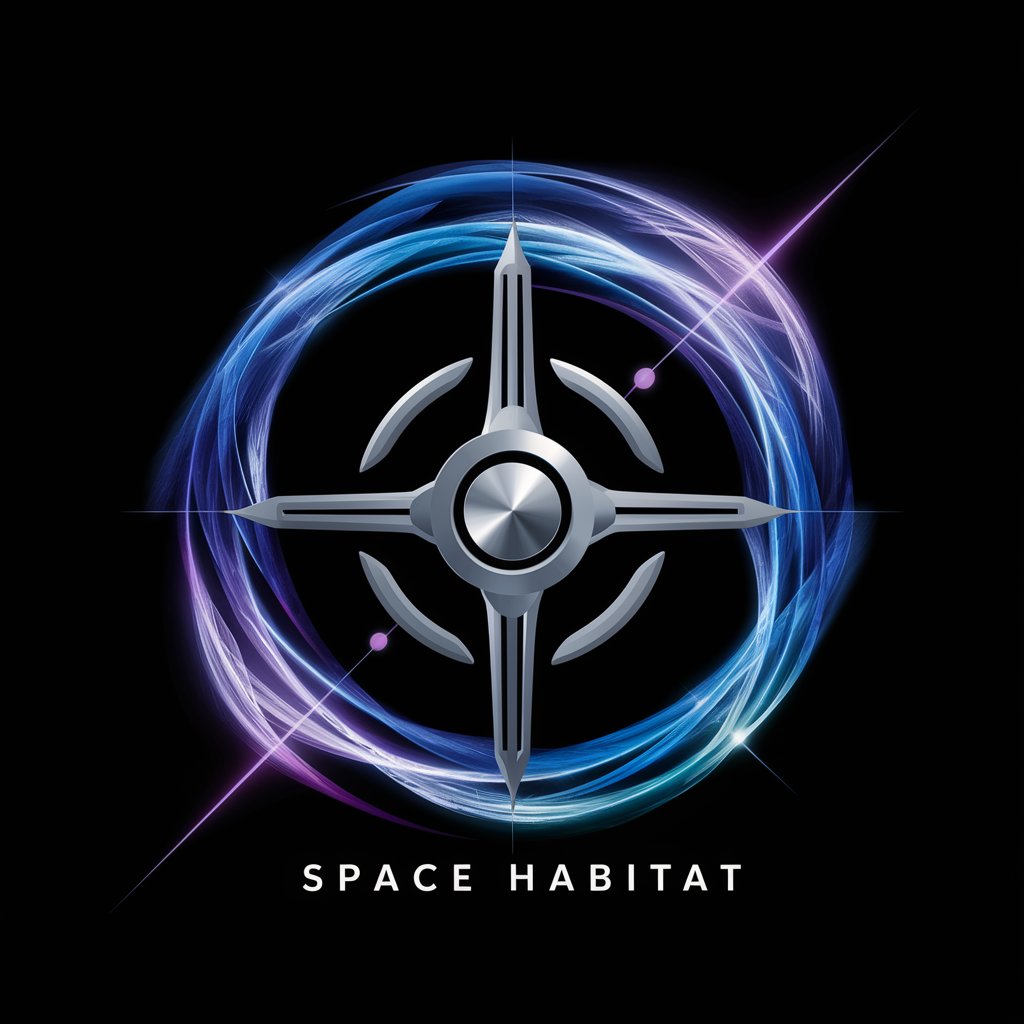
Habitat Helper
Explore Nature with AI Insight
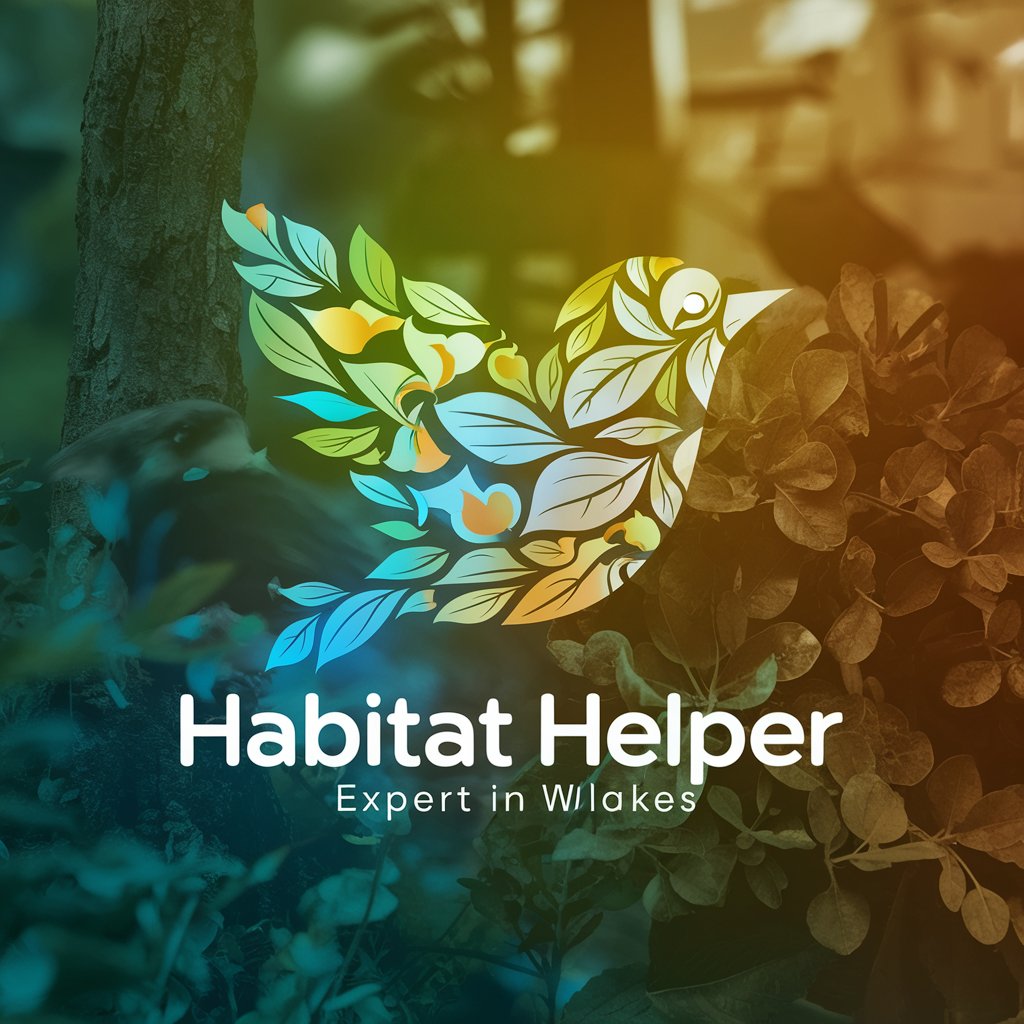
6 Pack Abs GPT
Science-backed path to six-pack abs

Pratt Pack Tech Master
Empower Your Home with AI

Find My Celebrity Look Alike
Discover Your Celebrity Double with AI

Habitat Sketcher
Design your dream home with AI.
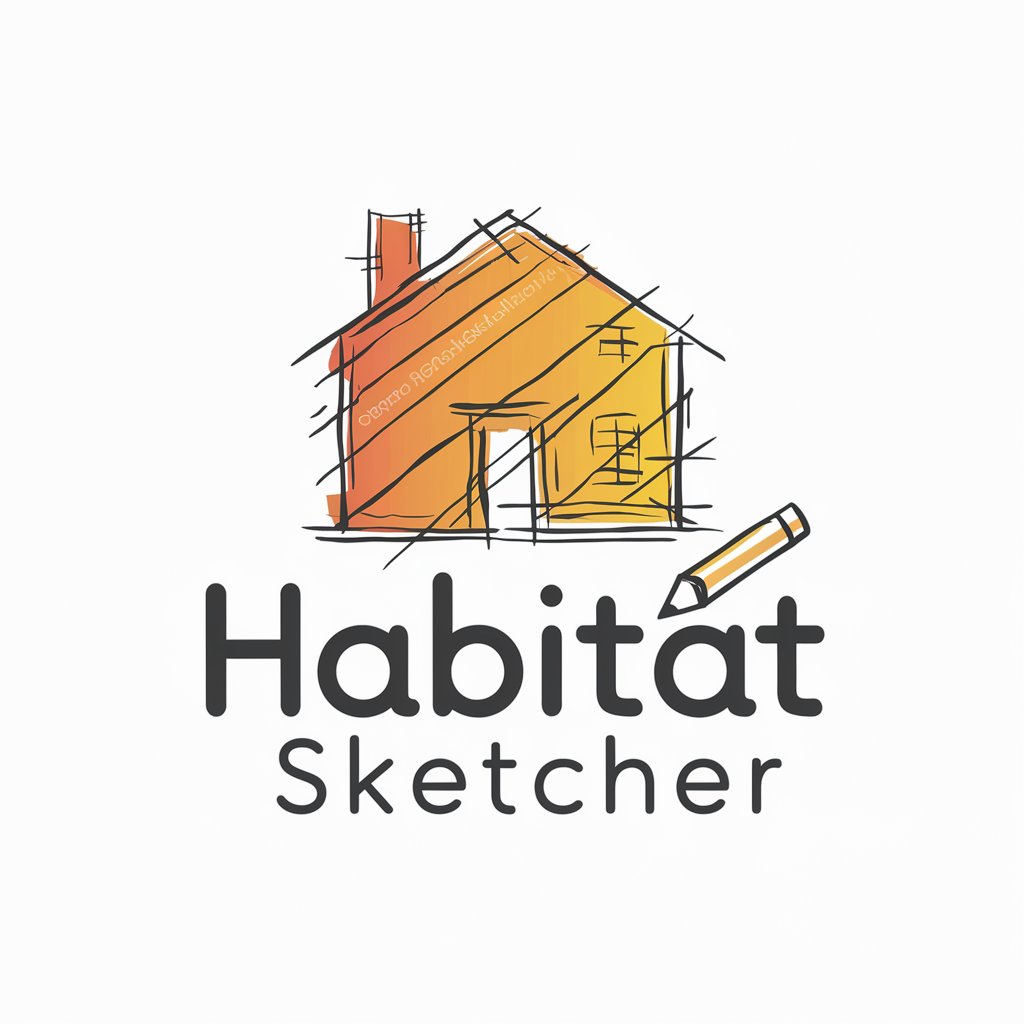
School Admin Mentor
Empowering school leaders with AI-driven insights

Fate
Contemplating Destiny with AI

Fate Analyzer
Discover Your Destiny with AI
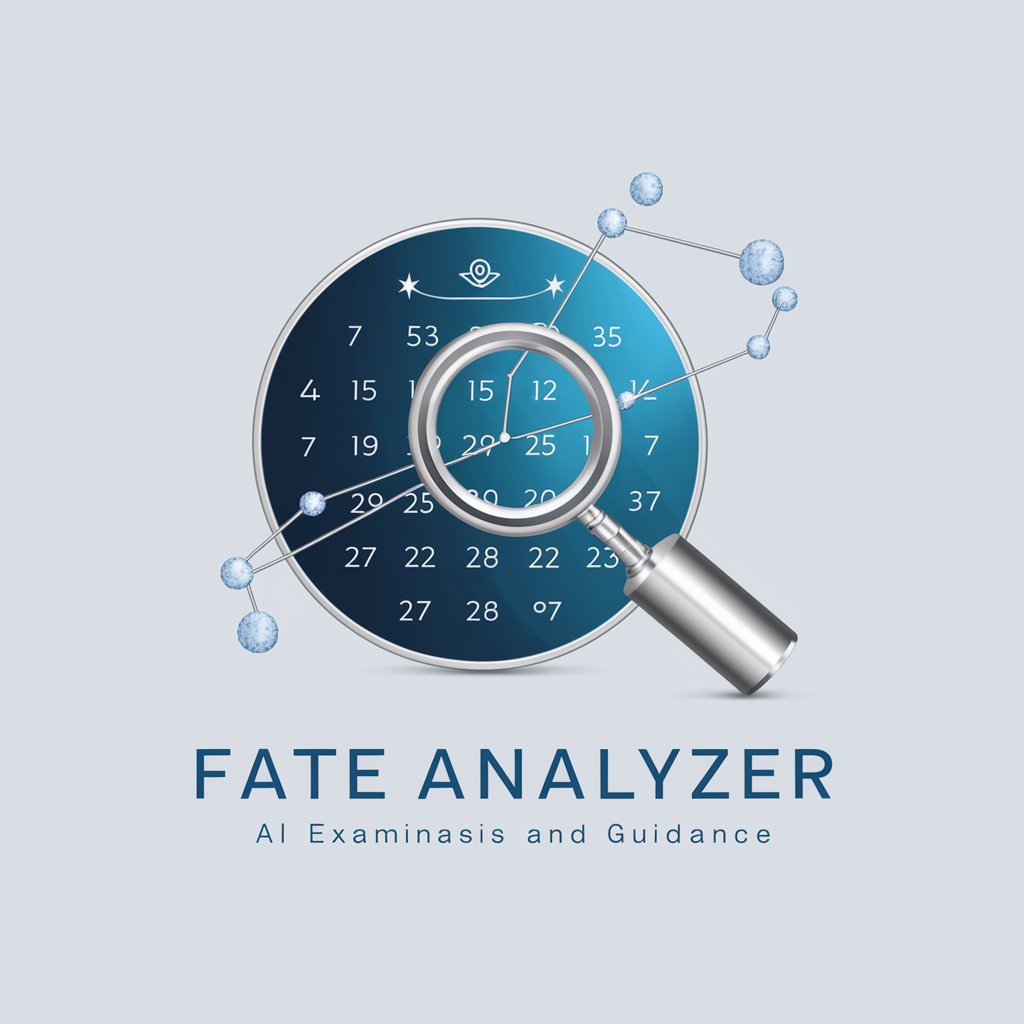
Dr. Fate
Empowering Your Health Journey with AI

The Fate Of Bitcoin
Predicting Bitcoin's future, intelligently

Eco Habitat AI: In-Depth Q&A
What makes Eco Habitat AI different from other building design tools?
Eco Habitat AI is uniquely focused on sustainability and eco-friendliness. It integrates advanced algorithms to suggest energy-efficient designs, renewable energy options, and materials that have minimal environmental impact. It also provides insights into green landscaping and water conservation methods.
Can Eco Habitat AI suggest specific materials for construction?
Yes, it recommends sustainable building materials such as bamboo, recycled steel, and insulated concrete forms that offer better energy efficiency and are environmentally friendly. It also considers local availability and cost-effectiveness to help maintain budgetary controls.
How does Eco Habitat AI help in reducing water usage?
Eco Habitat AI advises on integrating rainwater harvesting systems, gray water recycling, and efficient irrigation techniques. These recommendations are tailored to your project's location and specific site conditions to optimize water conservation.
Can this tool assist with the installation of renewable energy solutions?
Absolutely, the AI can guide you in selecting and placing solar panels, wind turbines, and other renewable energy sources based on your geographical area, climate conditions, and energy needs. It helps optimize energy production while reducing costs and environmental impact.
Is there support for legal and financial planning in Eco Habitat AI?
Yes, Eco Habitat AI provides guidance on regulatory compliance, including zoning laws and environmental regulations. It also offers financial insights like cost estimation and potential tax incentives for using sustainable practices in building projects.
